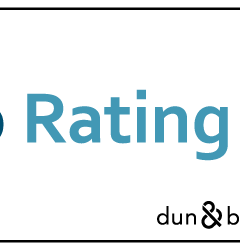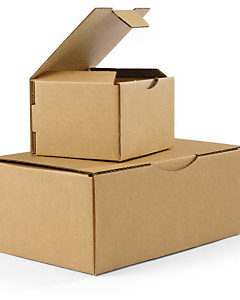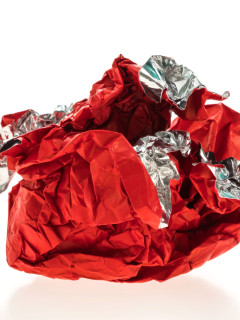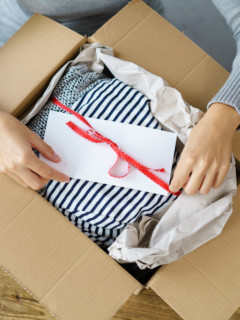We may not realise it many times, but plastics are all around us – even in places we wouldn’t expect. For example, even such tea bags release billions of microplastics into the tea.
This article should guide you to be greener with us!
The problem of water, not just sea water
There are more than 268,000 tonnes of plastic floating in the seas and oceans. Some studies even report that more than 70% of plastics are found under the water surface. Plastic has also been discovered in the deepest place on the planet – the Mariana Trench, which is almost 11 kilometres deep.
Thanks to the world’s great rivers, such as the Nile or the Yangtze, plastic is now making its way further into the seas and oceans.
Let us each think about whether we are really sorting honestly or whether we are at least trying to limit our consumption of plastic packaging. Because, according to the UN, by 2050 there will be more plastic floating in the oceans than fish.
Even though our country is not surrounded by sea or ocean, we should not be indifferent to this issue. So let’s be greener together!
What can we do to reduce plastic consumption?
Fortunately, there are alternatives nowadays, so let’s take a look at a few of them together.
Plastic vs. paper/steel/glass/bamboo straws
The good news is that plastic straws are slowly being phased out. However, we still see them in the shops. So reach for paper straws, for example. They will be a great alternative at your home parties or corporate events. At home, you can try reusable straws – for example, steel or glass straws.
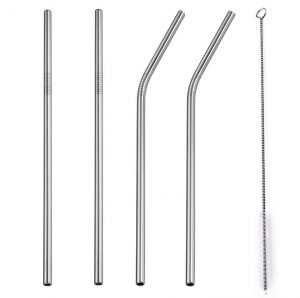
Plastic bags vs. reusable fruit / vegetable / pastry bags
Microtene bags are a big problem. We see them absolutely everywhere – on the roads, in nature, in the river or in the sea. Reusable bags are an alternative to single-use plastic bags. They can be used for vegetables, fruit, baked goods but also for other foodstuffs such as nuts. Among our monthly gifts for our customers, we have included such bags and you can look forward to them in May!
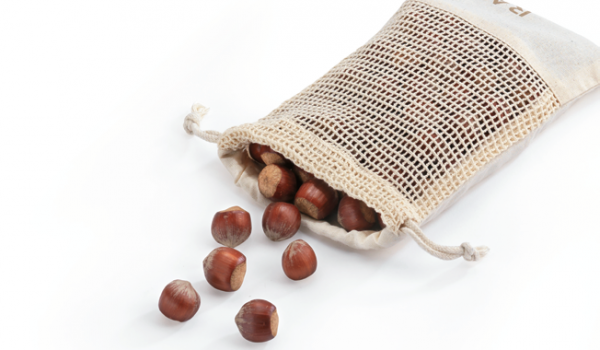
Sort and sort…
By sorting plastics correctly, we help to make plastics further recyclable. Did you know that when you put a PET bottle in the yellow bin, you should remove the label, which is most often made of PVC? Polyvinyl chloride, or PVC, does not belong in the yellow bin because it contains chlorine.
In the next article on ecology, we will look at the use of packaging and how to recycle it.











